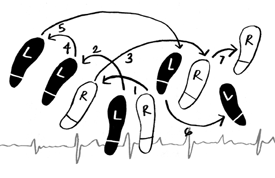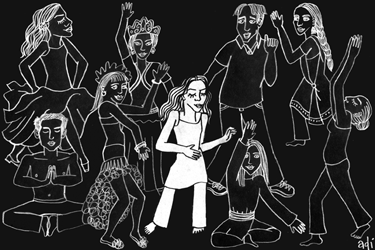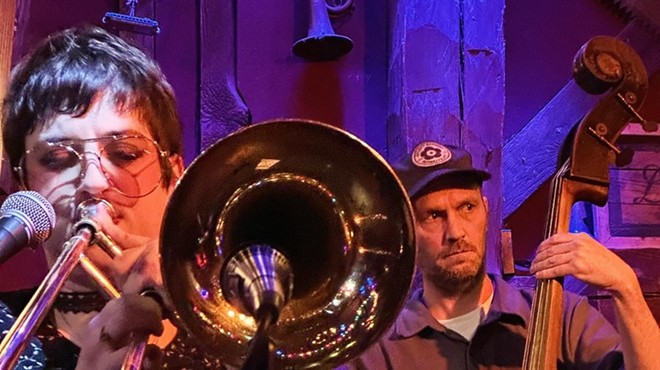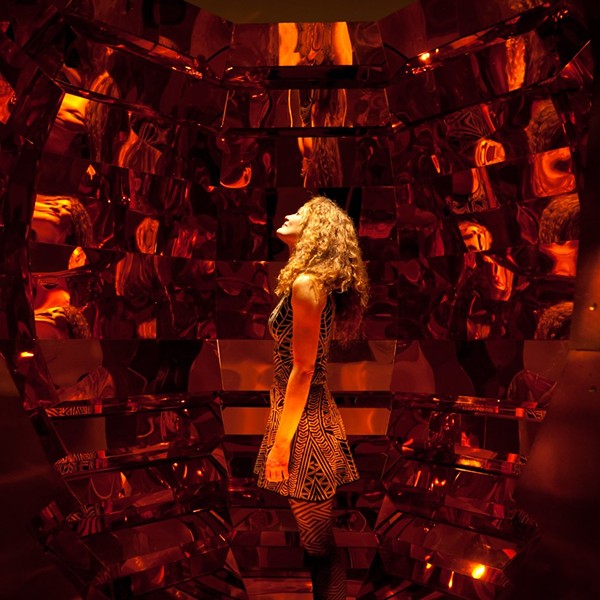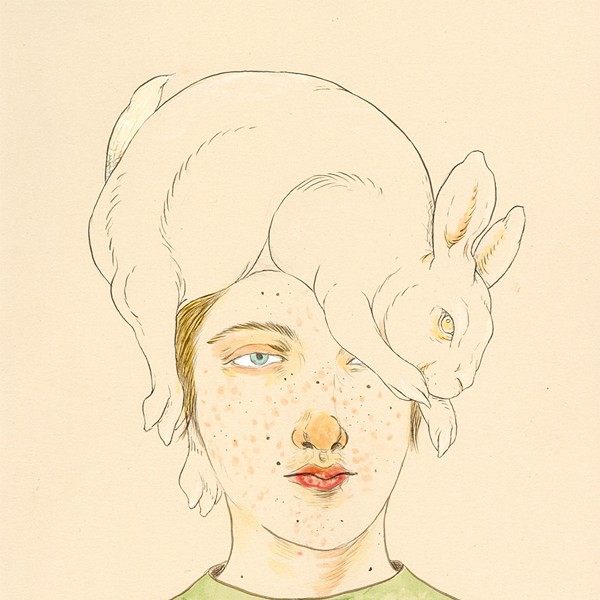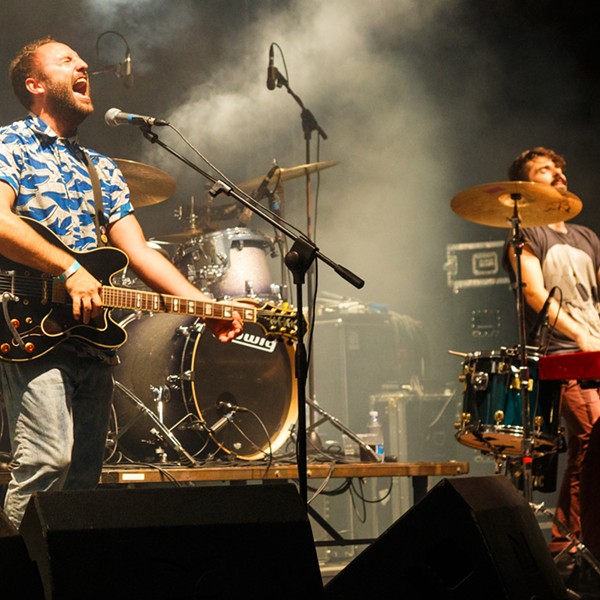For as long as I can remember, I have danced; for as long as I can recall, few things in life have brought me greater joy. My journey through movement began at age three, studying the Western styles of jazz, tap, and ballet. In the high school years I explored modern dance and my passion for creating an emotional picture inspired by the canvas of enchanting music. Years later, I found myself in New Orleans, steeped in the rituals of African dance and the primitive beat of the drum. I also joined a samba troupe and danced down St. Charles Avenue during Mardi Gras. After an adventure in India, yoga became an integral part of my daily life. Presently, the intoxicating rhythms of flamenco feed my soul and spirit every day.
Dance and movement have, from an early age, served as powerful tools in my development and sense of self. They have provided me with means to explore various cultures, traditions, and rituals that I may have not otherwise have come to understand. They have helped maintain my physical health and are among my most beloved means of spiritual practice, thereby enhancing my overall mental, emotional, and spiritual growth. Whether a seasoned dancer or not, every one of us can benefit immensely from various forms of dance and movement. May the following information inspire you to further explore the great joys of your body as a vehicle for self-expression and fulfillment.
Dance therapy
Dance scholar Margaret N. H’Doubler, author of Dance: A Creative Art Experience, once said, “If all children in every school from their entrance until their graduation were given the opportunity to experience dance as a creative art, and if their dancing kept pace with their developing physical, mental, and spiritual needs, the enrichment of their adult life might reach beyond any results we can now contemplate.”
Dance is an extremely potent tool in the development of self. Suzi Tortora, a dance therapist in Cold Spring, observes, “From the beginning, each baby develops his or her own personal communicative dance to express how he or she perceives and experiences his or her surroundings.” In the early years of one’s self-development, it is through movement that the world is discovered. It is also through movement that young children communicate with their surroundings and let the world know how they feel. Dance therapists can get a feel for a child’s experience by observing his or her nonverbal communication. In time, a therapist helps a child discover more varied movement, which eventually enhances and expands his or her repertoire. This, in turn, expands a child’s ability for self-expression in the world and enables greater interaction with others. This approach can be highly beneficial for any child, regardless of their stage of emotional, mental, and physical development.
For adults, too, dance therapy is a powerful vehicle for mental, emotional, and physical healing. Based on the principle that body and mind are interrelated, dance movement psychotherapy is defined by the American Dance Therapy Association as “the psychotherapeutic use of movement as a process which furthers the emotional and physical integration of the individual.” According to dance therapy, the qualities of movement and postural structure of an individual are a reflection of a person’s emotional expression.
Tortora says, “For me, the word dance has come to symbolize all nonverbal expression which has the potential to be communicative. The goal of my work—from individual psychotherapy sessions to parent-child counseling to teaching creative dance—is to help the participants learn how their nonverbal actions accompany and add meaning to their verbalizations. Understanding the role that movements and gestures play in our interactions facilitates greater awareness of self and others.”
Tortora is the founder of Dancing Dialogue Healing and Expressive Art Center in Cold Spring. She is a key contributor to Drea’s Dream, having developed and now directing this dance therapy and expressive movement program for children and young adults with cancer at Memorial Sloan-Kettering Cancer Center in New York City. That program was established by the Andrea Rizzo Foundation, created in honor of Andrea (Drea) Rizzo, a young woman who survived childhood cancer and adored dance. The foundation has an outreach program that brings dance therapy to hundreds of special needs children throughout New England and New York.
Health and movement
Trish Doherty, a modern dancer and dance therapist based in New York City, explains how dance has enriched her life in boundless ways. “Dance became a way for my deep inner self to speak and thus helped me establish my identity, a sense that I am someone, and this helped me transcend mental illness.” For 40 years dance has played a center-stage role in her life, and continues to each day. On a physical level, Doherty notes that it has given her a strong body and a much straighter spine, as it dramatically improved her scoliosis to a point where it was no longer a major problem. “Dance gave me good posture and a beautiful body—previously I had a very weak spine and was top heavy, not in proportion. It has helped me have a strong and healthy body as I approach my elder years.”
Several other forms of movement offer benefits at all levels: physical, mental, emotional, and spiritual. Yoga asana is one of the most popular and beneficial forms of therapeutic movement, and one of my favorites. Asana is defined as “posture”; its literal meaning is “seat.” In yoga asana, one moves through a series of asanas. These do more than just stretch the body; they open the energy channels (chakras) and psychic centers. From a physical aspect, yoga strengthens muscles, increases flexibility, improves endurance, and calms the mind and body. It also focuses on the power of breath, which helps to maximize one’s inner energy source while allowing it to flow through the entire body, bringing much healing and a sense of calm. Yoga is a wonderful form of meditation in motion. It is an ideal form of healing movement while traveling through life, literally and metaphorically, because it needs nothing but the body and the breath. Yoga helps me to connect with the spiritual world, as it has done for so many humans around the globe for thousands of years.
Popular Pilates
The Pilates Method is a physical fitness system developed by Joseph Pilates in the 20th century. Joseph Pilates, a boxer, circus performer, and self-defense trainer of English detectives, was interned at a camp in Lancaster with other Germans as “enemy aliens” during World War I. There, he developed an exercise method he called Contrology, referring to its emphasis on using the mind to control the muscles.
Known today as Pilates, this exercise method focuses on the core postural muscles that are essential in keeping the body balanced and in supporting the spine. The exercises also teach awareness of breath and spine alignment. While following the method, one learns how to control body movement through a series of exercises (with names like Swan or Mermaid) while keeping the mind focused on the task. Research and theories in motor learning, biomechanics, and musculoskeletal physiology support the overall health benefits experienced by those who practice this particular therapeutic movement method, which include stronger deep muscles of the back and abdomen, greater support and alignment of the spine, relief of back pain, and enhancement of long, strong, and flexible muscles.
Self-learning through movement
Several movement forms besides dance therapy teach self-awareness, not just of the physical self but of nonphysical attributes. The Gurjieff Movements, for instance, are a collection of precise movement exercises and sacred dances developed by G. I. Gurdjieff. The technique focuses on inner practices of attention, sensing, breath, awareness, feeling, and mental imagery while performing the movements. Patty Kane Horrigan is a teacher in the Gurdjieff style of movement therapy in New York. “Many of the Gurdjieff gestures are contradictory to what we expect—they’re not very fluid. In fact, they’re immensely angular; they require divided attention. Each part of the body may have a different tempo, and you’re doing them in a group where people are traveling in all sorts of directions. There’s not time to do anything except be there and try to find a way to manage all the different elements. If ever there was an activity that showed the uselessness of negative emotion or empty thinking, the movements are it. You can’t waste a second on doubt, criticism, idle thoughts, or any of the million other activities that go on inside our heads.” These movements aren’t intended as physical exercise. Instead, Horrigan explains, “They are part of a spiritual tradition that teaches that we work on ourselves so that we can ultimately work with and for others, and can be of service to the universe. For those who are interested in that journey, I can’t think of a better place to start than the body.”
The Feldenkrais Method teaches that the body is the primary vehicle for learning. The method has two main forms: Awareness Through Movement and Functional Integration. The first consists of movement sequences taught by a practitioner, usually to groups of people in a classroom setting. The lessons make one aware of habitual neuromuscular patterns and rigidities, and expand options for new ways of moving, while simultaneously improving efficiency and increasing sensitivity. Several hundred hours of lessons are thought to achieve the best results. Functional Integration is a hands-on form of kinesthetic communication; through gentle touching and movement, a practitioner teaches a student how to move in more expanded motor patterns.
My flamenco teacher, Miel Castagna, told me, “When I think about how dance has enhanced my life, my mind becomes overcrowded with words. I think when you are a dancer, there is somehow no other option of how to be or what to be. Dance is your life.” She explains that aside from becoming a mother, flamenco is the only thing that fills her heart with complete and intuitive passion.
I agree. If I eliminated dance from my life, my existence would be much less rich. I can even say it would feel like an integral part of myself had died. I absolutely adore flamenco because of the amount of utter emotion it entails. It embodies sorrow, love, joy, honor, and even death. Like other forms of ethnic dance, the meaning behind the dance is paramount. It tells a story, a feeling, and oftentimes translates an entire history of a particular culture.
The desire to know oneself and express one’s deepest feelings using the body is an incredibly humanistic, primal instinct that crosses barriers of language. When I am moving my body through a dance or through a yoga asana, I experience a divine sort of freedom: an ability to express myself from the heart, which awakens a natural intuition and a feeling of connection to the rhythms of the universe. Dance becomes prayer, and movement becomes life.







